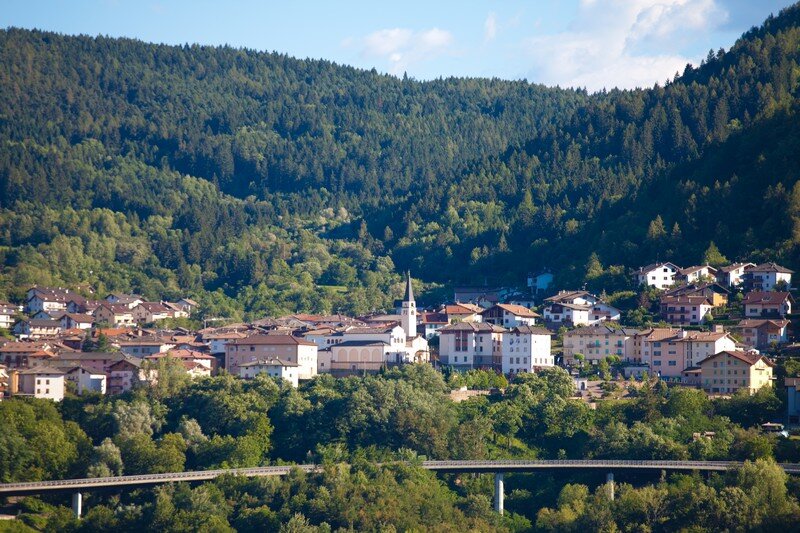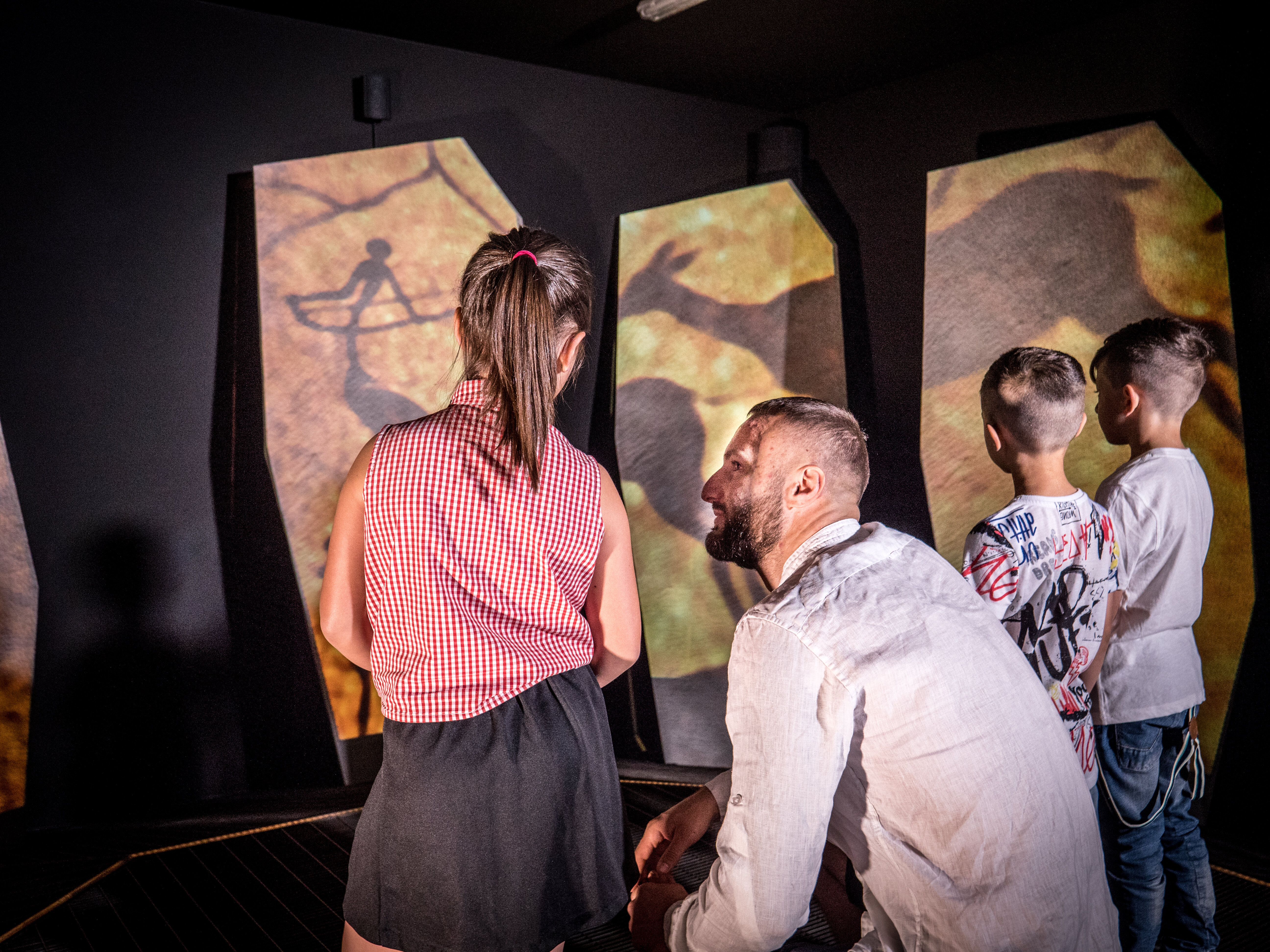Albiano stands on a morainic terrace carved by the Rio dell’Ischion on the left bank of the Cembra Valley.
The main source of Albiano’s income comes from the porphyry industry. The porphyry extracted and processed in the countless open-air quarries is shipped to countries and cities all over the world, where skilled layers — often from the Cembra Valley — create refined urban design works.
The culture of porphyry is told at Museo Casa Porfido through engaging multimedia content and an interactive exhibition suitable for the whole family.
Albiano is also known for its chestnuts, used to make delicious sweets and dishes. In the past, women collected chestnuts and strung them into long necklaces to sell at the market.
Further information
The structure of Albiano’s settlement expanded across the entire morainic terrace. The discovery of prehistoric objects shows that the area was already inhabited in the early Iron Age. Later Romanized, the village stood along a moderately frequented road.
During the Middle Ages, the community of Albiano grew around a hospice run by Cistercian monks.
The town, later included in the Magnifica Comunità di Piné, became independent in 1599, gaining full autonomy and its own statutes granted by the Consuls of Trento.
In 1928 the municipality of Lona-Lases was annexed to Albiano, regaining independence in 1952. In 1938 a devastating fire destroyed part of the village.
Artistic monuments: In the village center stands the ancient church of San Biagio, mentioned as early as 1149. It is a fine example of late Gothic Trentino architecture, with trefoil windows and a pointed arch portal. The portico is Renaissance, and the bell tower has a Romanesque structure. Inside are remnants of frescoes and a wooden Calvary from the 18th century. The new parish church, also dedicated to St. Blaise, was consecrated in 1935. At the entrance to the village stands the solitary church of St. Anthony from the 17th century, which preserves paintings and frescoes dedicated to the saint in gratitude for blessings received.




